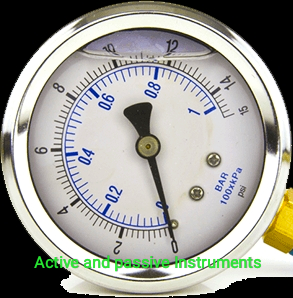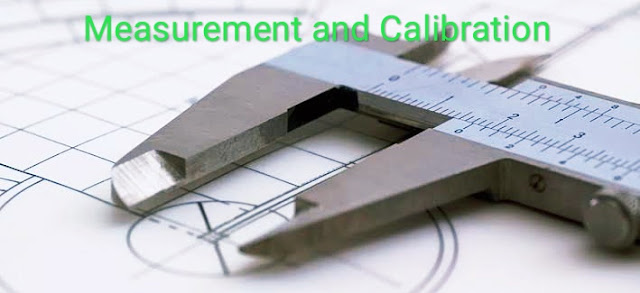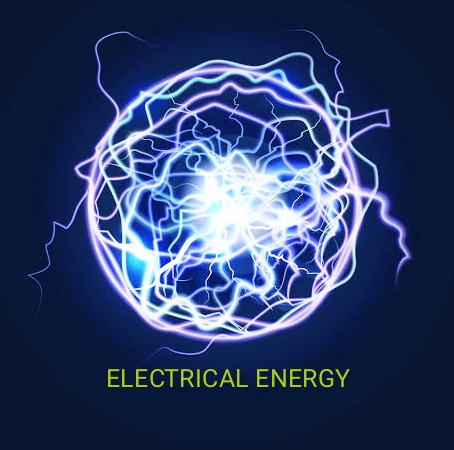Classification of Instrumentation System

Classification of Instrumentation System Instrumentation system Null and Deflection type Instruments: Deflection type instruments: The instruments in which deflection of the instrument forms the basis of measuremenl are called as deflection type instruments. The example of deflection type instruments is the permanent magnet moving coil (PMMC) ammeter. PMMC AMMETER The deflection of the coil is proportional to the current that is to be measured. Torque Td, that acts on the moving coil is proportional to current.The opposing effect is produced by a spring, having torque Tc which is proportional to the deflection. When the spring is balanced Tc=Td. The value of the current depends on the deflection.Thus,the value of the measured quantity depends upon the calibration of the instrument. Null type Instruments The instrument in which, a null or zero indication will lead to the determination of the magnitude of the measured quantity such instruments are c...






